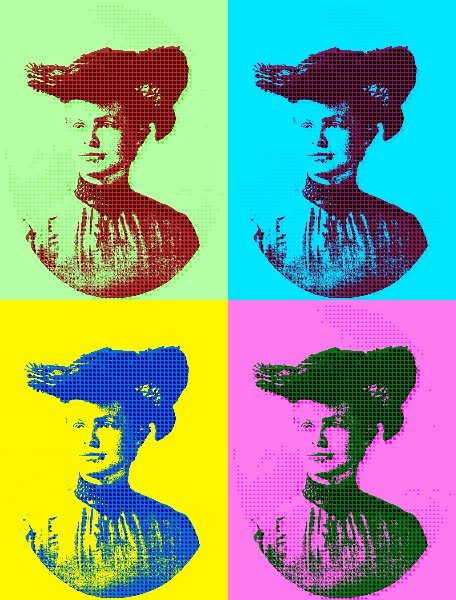 Prior to the turn of the 20th century, society pondered a question that baffled people for millennia: What drives the sex of a baby? What makes a boy a boy? What makes a girl a girl?
Prior to the turn of the 20th century, society pondered a question that baffled people for millennia: What drives the sex of a baby? What makes a boy a boy? What makes a girl a girl?
Pioneering female geneticist Nettie Stevens set out to tackle that mystery in 1905, when she discovered the sex is determined by chromosomes. Pretty revolutionary stuff for a society that assumed that mother, environment, or diet determined if a child was born male or female.
Today would be her 155th birthday, which Google is honoring with their daily doodle.
Interestingly enough, when Stevens presented her initial work on chromosomes’ role in sex determination, it was pretty widely denied by the scientific community. However, when Edmund Wilson (who also believed environmental factors also played some role in determining sex) released research that same year that came to the same relative conclusion as Stevens’, the connection between chromosomes and sex determination became more widely accepted.
Essentially, the foremost researcher in sex determination’s work was initially rejected largely because of her sex. While Stevens’ work eventually stood on its own merit and gave us the ultimate understanding for sex determination, her story speaks to the struggles that women in STEM faced, and often still face today.
(READ: “Celebrating Women in STEM“)
When Stevens died in 1912 from breast cancer, the New York Times wrote, “She was one of the very few women really eminent in science, and it took a foremost rank among the biologists of the day.”

